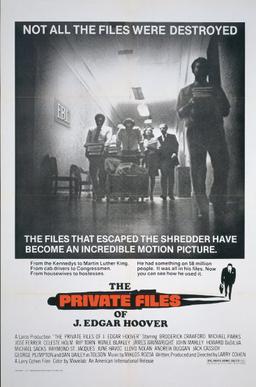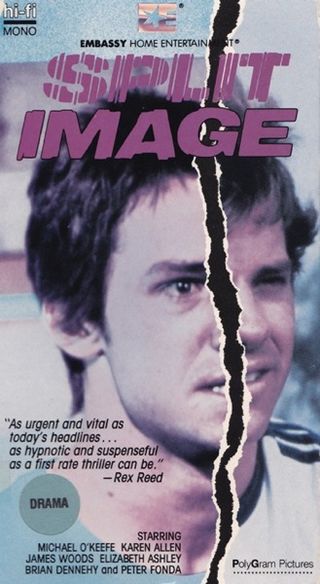Welcome to Retro Television Reviews, a feature where we review some of our favorite and least favorite shows of the past! On Sundays, I will be reviewing the made-for-television movies that used to be a primetime mainstay. Today’s film is 1974’s The Great Niagara! It can be viewed on YouTube!
The Great Niagara takes place during the Great Depression.
With the world mired in economic uncertainty and the threat of war right around the corner, people are more desperate than ever for entertainment. One of the latest fads is attempting to conquer the Niagara by going over the falls in some sort of raft. If done correctly, it can lead to fame and fortune. But, if one mistake is made while trying to steer the raft against the rapids and the rocks, it can lead to death. In fact, death is the usual outcome of most people’s efforts to conquer the Niagara. It’s actually illegal to try to ride anything over the falls but people still try to do it and crowds still gather to watch the attempts.
Old Aaron Grant (Richard Boone) is obsessed with conquering the Niagara but, because he’s been injured in too many attempts, all he can do now is sponsor and try to help others who are willing to take the risk. Aaron is the type who will look out at the Niagara and angrily shake his fist. He hates the river and he hates the falls but they’re also the only thing that gives his life meaning. After Aaron’s latest protegee, Ace Tully (Burt Young), fails in his attempt to go over the falls, Aaron starts to put pressure on his sons to make the attempt. Lonnie Grant (Michael Sacks) knows that Aaron has allowed his obsession to drive him mad and he’s also promised his wife, Lois (Jennifer Salt), that he won’t go over the falls. However, Carl Grant (Randy Quaid) is desperate for his father’s approval and it’s not long before he’s getting ready to enter the barrel and risk his life.
The Great Niagara is a short but interesting film. It’s based on historical fact. There’s been a long history of people risking their lives with stunts at Niagara Falls. A few years ago, there was a live television broadcast of someone walking over the falls on a tightrope. It was a huge rating success and it was, of course, sold as a tribute to the human spirit. That said, it’s entirely believable that a good deal of the people watching were doing so because they were curious about what would happen if the guy fell off the wire. By that same token, the crowds that we see in The Great Niagara are far more concerned with seeing someone go over the falls than they are with whether or not that person survives the experience. Richard Boone gives an obsessive, half-mad performance as Aaron and Michael Saks does a good job as the voice of reason. Randy Quaid gives a poignant performance as poor Carl, who is so desperate for his father’s approval that he’s willing to risk his life to try to get it. That said, the true star of the film is the Niagara itself, which is beautiful but obviously dangerous. When Aaron shakes his fist at the falls, it’s hard not to feel that the Niagara isn’t doing the same back at him.


